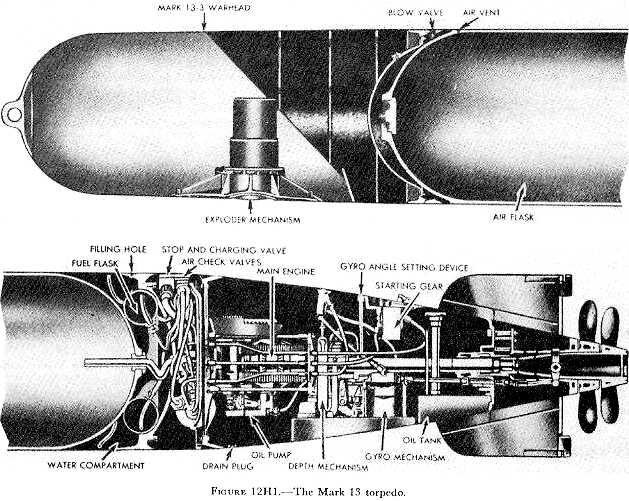Compressed air has been used since the 19th century to power mine locomotives and trams in cities such as paris via a central city level compressed air energy distribution system and was previously the basis of naval torpedo propulsion.
Compressed air engine history.
Racecars use compressed air to start their internal combustion engine ice and large diesel engines may have starting pneumatic motors.
Air engines have been used since the 19th century to power mine locomotives pumps drills and trams via centralized city level distribution.
With its ability to exhale oxygen the lung made it easier to build fires for cooking and keeping warm.
The victor tatin airplane of 1879 used a compressed air engine for propulsion.
They have existed in many forms over the past two centuries ranging in size from handheld units to turbines up to several hundred horsepower.
The first mechanically powered submarine the 1863 french submarine plongeur used a compressed air engine.
Industrial use of piped compressed air for power transmission was developed in the mid 19th century.
Compressed air outside switzerland the first locomotive to run on compressed air was built in 1890 and by 1895 the basic principles of efficient compressed air engines had been developed.
Some types rely on pistons and cylinders others use turbines.
Original craft at musée de l air et de l espace.
Kurt tank designed a new cooling system for this engine that used a high speed fan to blow compressed air into channels that carry air to the middle of the banks where a series of baffles directed the air over all of the cylinders.
The history of air compressor use can be traced back thousands of years to when early civilizations discovered the power of the human lung.

















































